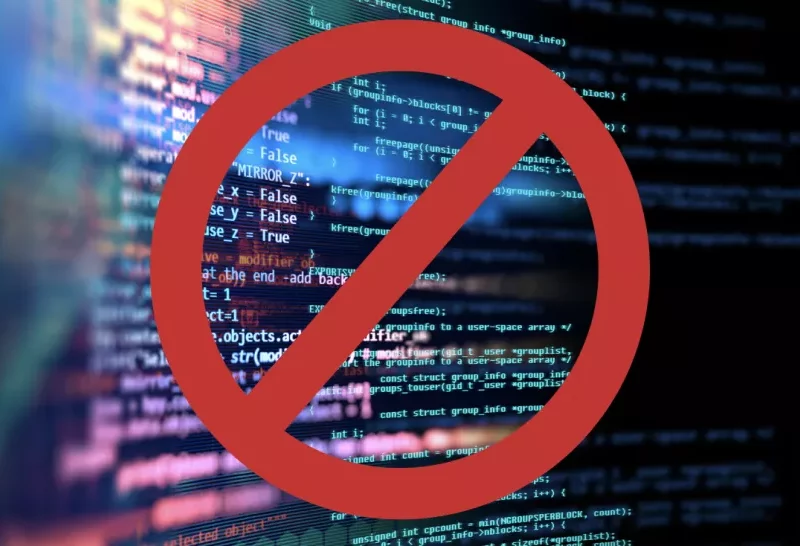Getting Extra Mileage From Your AV System
More often than not, the go-to solution for a system that is not satisfying users’ needs is to purchase new equipment and start over with a new installation. Whether or not perception is reality, it is commonly thought that operational defects are tied to the brand of equipment being used and that by simply replacing the equipment is the best course of action to remedy the problem. The truth is that an improperly designed, installed, programmed, or configured system will not work no matter what equipment is used. There are circumstances when a device may not fit the need, doesn’t offer the desired functionality, or is beyond its lifespan; however, in many circumstances, the custom programming or system configuration is the key variable in the overall success of the system, as fittingly stated in an old proverb, “a chain is only as strong as its weakest link.”
Applying this proverb to AV, the saying becomes “a system is only as good as its weakest component.” Therefore, the best design and equipment can be undermined by improper installation, setup, or programming. Conversely, and contrary to some common beliefs, control programming or configuration can’t overcome some equipment limitations, design shortcomings, or an improper installation.
Another variable contributing to operational satisfaction is the ability to clearly understand and address user needs. Even though existing systems were likely designed and programmed to work as specified based on an original set of requirements at the time of implementation, their effectiveness and value gradually declines as users’ needs, technology advancements, workflow variations, and new business requirements change over time. Despite the possibility that this degradation may be remedied by purchasing new hardware or installing the latest and greatest technologies, viable alternatives also exist, such as modifying control system programming and updating firmware in existing equipment to unlock new capabilities and features.
For existing systems, it may be the case that certain features were not available when the equipment was initially installed and commissioned. However, with most modern network appliances, operational improvements, added functionality, and advanced capabilities can be enabled with a simple firmware update. Thus, without changing hardware or doing any installation, system functionality can be enriched simply by updating firmware. Additionally, with modifications to control programming or device configuration, systems can be transformed from being borderline antiquated to having state-of-the-art features.
A great example of this concept can be seen with iOS or Android devices. While there are advantages to getting the latest and greatest phone or tablet, most features and functionality are available to all devices with supported hardware through a free operating system upgrade. Users have the ability to enhance the capabilities and experience of their existing equipment without a new or additional hardware purchase. The same approach holds true for Mac and PC users.
Yet another way to get more out of existing equipment is to leverage the devices’ external API (Application Programming Interface). An API provides the commands and responses that allow third-party entities, such as a control system or software application, to communicate and exchange information with the device. Along with upgrades to device features, firmware updates may also reveal added integration opportunities via API enhancements.
While the typical or base functionality of a device may be the primary selling point and applicable for most use cases, many products also support advanced features that are not commonly considered for everyday applications. By exploring the depths of the product’s capabilities and being comfortable working with its API, additional functionality and controls may be uncovered that can be utilized to address specific user needs or provide the key to modernized solutions.
Tapping into an API can also provide the ability to repurpose existing equipment to address new needs through cost-effective software upgrades in lieu of discarding functional hardware and incurring design, installation, and procurement costs. One example can be seen in leveraging the capabilities of hardware codecs. With the move to software conferencing, an installed codec along with accompanying cameras seems to have diminished in value. However, the opportunity to maintain the existing video infrastructure and camera control through the codec hardware is possible, despite the codec seldom being used for its primary function of video calling. Rather than purchasing new cameras and switching equipment, camera control and source routing can be supported via the codec’s API with the codec output connected to PC or unified communications appliance supporting software conferencing.
Furthermore, touchpanels dedicated to codecs can be customized to include control of peripheral devices for rooms that either don’t warrant a third-party control system or have expanded needs that go beyond the base codec functionality. The value of building upon the existing hardware solution is realized not only through the cost savings of avoiding new equipment purchases and accompanying installation, but also by maintaining familiarity and consistency with the established user interface and functionality standards.
Similarly, many audio DSP manufacturers are adding a control component to their products to expand their functionality beyond the device’s primary role of audio mixing, volume control, and conference controls. With the addition of a control element, the audio DSP not only supports a method for operating its typical features, it can also be expanded to operate other IP-controlled devices that can be integrated through an external API. Whether with a dedicated touchpanel or a web tablet browsing to an HTML5 user interface using a WebSocket connection, the ability to implement an integrated system from a single device that can be programmed or configured to support both audio and control is a seemingly efficient and cost-effective way to get more from existing hardware and minimize the effort and expense of additional equipment, design, and installation.
Another product category whose functionality can be expanded by leveraging advanced features through an API is wireless presentation systems. Often, these products require limited, if any, control to perform their typical functionality of source connection and display. However, through an external API, the ability may exist to connect multiple devices, select between video layouts, implement video processing effects, manage connections, and share sources between devices or systems.
The relevance of these ideas not only brings to light the value of control, programming, and the power of an API, it also helps to address clients’ ever-shrinking budgets, offset the impact of hardware backorders (caused by increased demand, difficulties in supply chain, chip shortages, etc.), protect manufacturers’ brands, and maintain a favorable reputation of being able to effectively address clients’ needs without unnecessary cost. While physical system upgrades may seem to be the easier and more straightforward path to addressing a user’s need, they can turn out to be more involved, time consuming, costly for the client, and less effective.
Additionally, the opportunity to think outside the box and leverage a prior investment though creative software solutions will likely provide differentiation and appeal to a client’s desire to be innovative. Rather than defaulting to replacing seemingly good hardware with others that may not be more effective without additional design, installation, programming, configuration, and setup, existing equipment and system lifespan can be extended providing more options for the future.
- Post Tags:
- av system
- av tech
- AV Technology
- Posted In:
- Media
You might also like
-
-
-
Control Concepts, Clockaudio & Symetrix Harmonize to Integrate Systems https://controlconcepts.net/wp-content/uploads/2022/01/interconnected-puzzle-pieces-representing-partnership.jpg 600 337 Control Concepts Control Concepts https://secure.gravatar.com/avatar/4d51017cda17f41dfa941ac642cc7591ba25860b40fdc1289d6e88018eb084a8?s=96&d=mm&r=g





